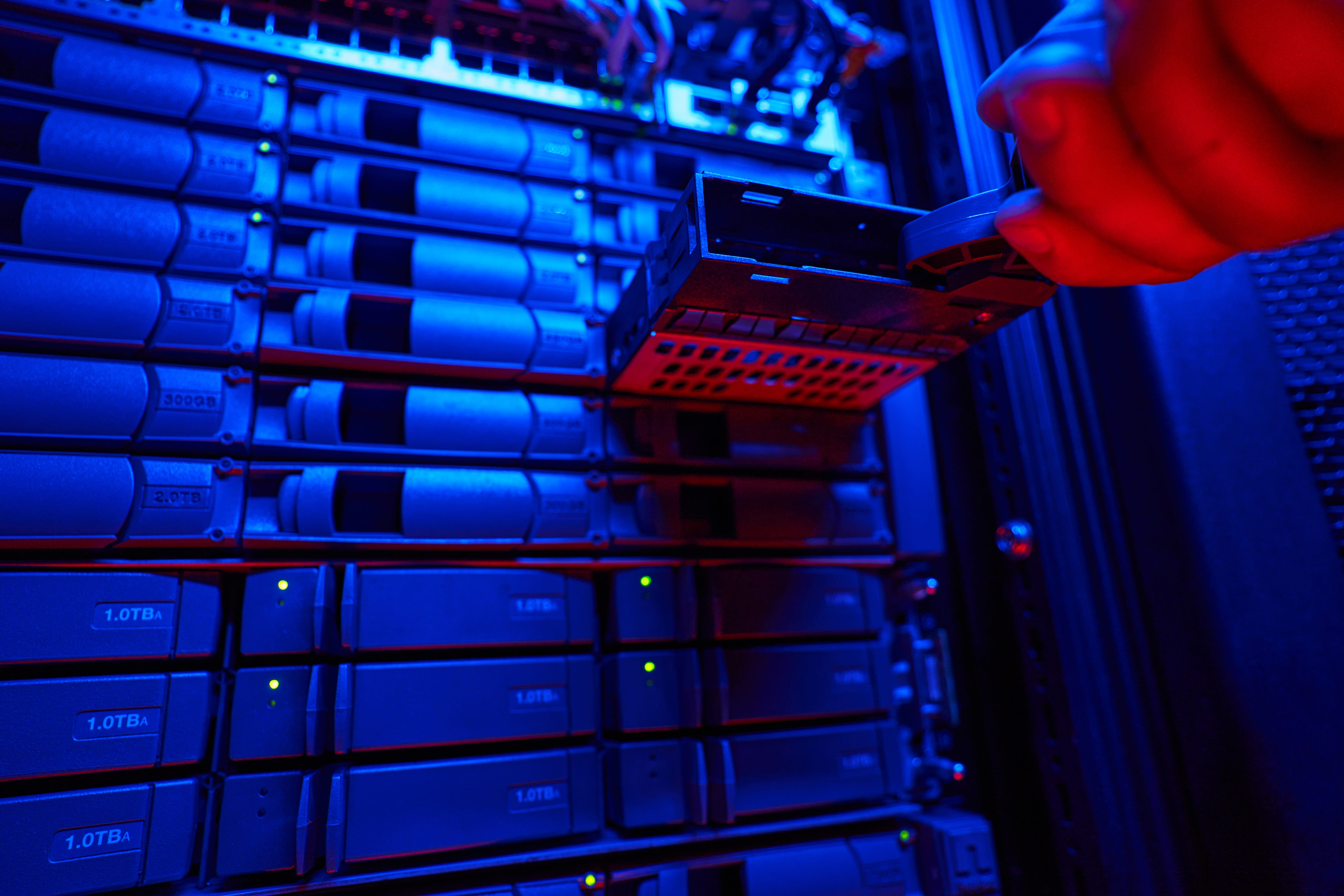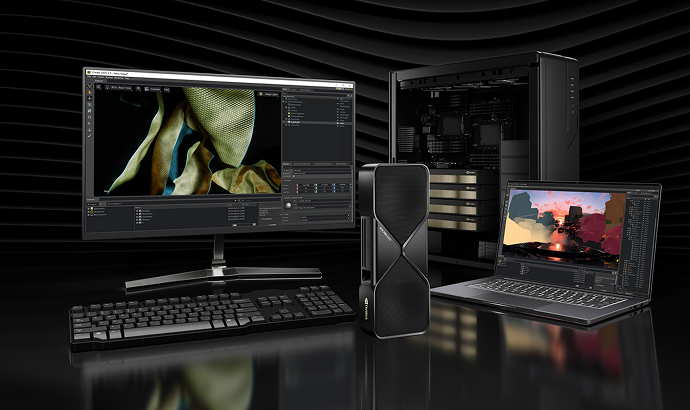

Writing About AI
Uvation
Reen Singh is an engineer and a technologist with a diverse background spanning software, hardware, aerospace, defense, and cybersecurity. As CTO at Uvation, he leverages his extensive experience to lead the company’s technological innovation and development.

GPUs were initially developed for rendering graphics in video games and graphic-intensive applications, but their role has significantly transcended this initial purpose. Today, GPUs are pivotal in accelerating complex computations across various industries, including artificial intelligence (AI), data analytics, and high-performance computing (HPC). Their core utility in data centers and research facilities stems from their parallel processing capabilities, which allow for the simultaneous execution of thousands of operations, making them ideal for tasks requiring massive computational power.
Integrating advanced GPUs offers B2B enterprises several compelling benefits, primarily revolving around enhanced computational power, scalability, and cost efficiency. For enhanced computational power, GPUs excel in parallel processing, which is ideal for training AI models, executing machine learning algorithms at high speeds, and enabling businesses to process large datasets quickly for faster, actionable insights. For scalability, multi-instance GPU technology allows for efficient resource allocation and flexible deployment across varying workloads, while modern GPUs also minimize energy consumption, reducing operational costs and lowering hardware investment needs compared to using multiple CPUs for the same tasks.
The GPU market is led by three key manufacturers: Nvidia, Intel, and AMD. Nvidia, a long-time leader, offers powerful processors like the NVIDIA H100 Tensor Core GPU (80GB PCIe) for demanding AI workloads and the versatile NVIDIA A100 Tensor Core GPU (80GB SXM) for both training and inference. Intel has expanded its offerings with Data Center GPUs, including the Max 1550 for high-performance computing and data analytics, and the Max 1100 for AI and deep learning applications, focusing on energy efficiency. AMD’s Instinct™ series includes the MI300X Platform, which integrates high-performance GPU and CPU capabilities, and the MI300A APU, which combines CPU and GPU functionalities for versatile computational needs.
Each manufacturer tailors its products to specific high-demand workloads. Nvidia’s H100 excels in training large models and complex simulations with 80GB of memory, while the A100 is designed to maximize efficiency through multi-instance GPU technology for simultaneous workloads. Intel’s Data Center GPUs are positioned for high-performance computing and data analytics (Max 1550) or for deep learning while prioritizing energy efficiency (Max 1100). AMD’s Instinct™ series focuses on unified solutions; the MI300X Platform offers integrated GPU and CPU capabilities for complex tasks, and the MI300A is an Accelerated Processing Unit (APU) providing a highly versatile and efficient solution for diverse computational needs.
Successful GPU integration requires strategic planning, starting with an assessment of the current infrastructure to check for compatibility with power supplies, cooling systems, and network configurations. Enterprises must then define workload requirements by identifying specific tasks that will benefit most from acceleration (such as AI training or HPC) and choosing GPUs that align with the performance needs of critical applications. Furthermore, optimizing software and algorithms is necessary to ensure that codebases are updated or modified to fully leverage GPU capabilities. Finally, investing in staff training to effectively manage GPU resources and utilizing vendor support services are crucial for smooth operations and addressing technical challenges.
We are writing frequenly. Don’t miss that.

Unregistered User
It seems you are not registered on this platform. Sign up in order to submit a comment.
Sign up now